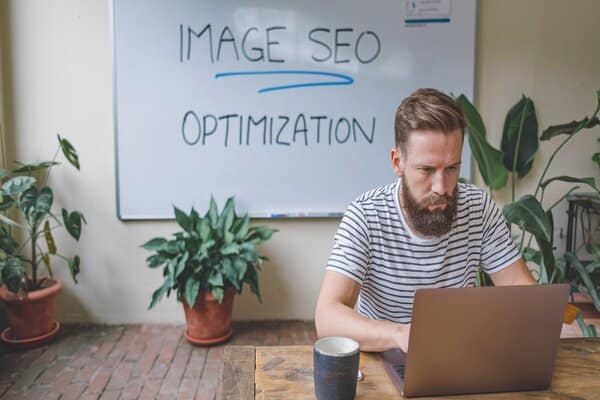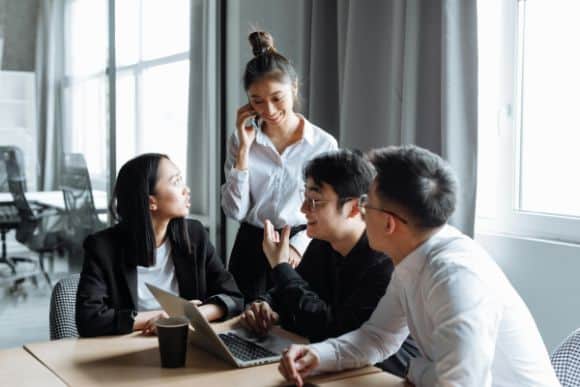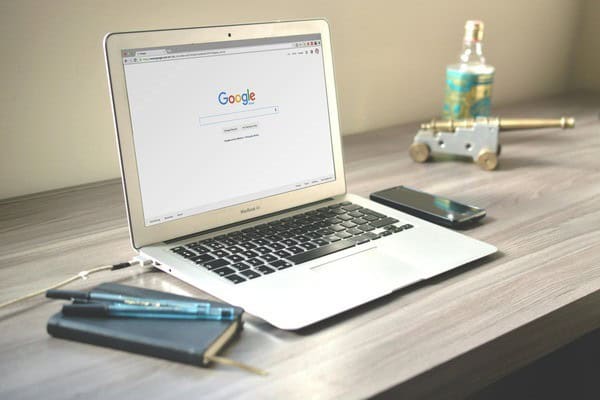Image SEO: What Is It?
Based on our understanding of how search engines crawl, interpret, and rank images, image optimization is a collection of approaches for improving visibility in search engine results pages (SERPs). This includes using responsive photos for varying screen widths, applying lazy loading, adding pertinent Alt language for an improved user experience, employing descriptive file names, compressing images to speed up load times, and adopting structured data for images. It helps Google and other search engines to better understand the context of your photos and display them in SERPs for related searches. Well-optimized images are more likely to pop up in search results than non-optimized or poorly optimized ones.Why is image SEO significant?
Image SEO is an important consideration if you don't want to miss out on any opportunities to boost your website's visibility in organic search results. SERPs, image search results, reverse image search results, and so on can all contain optimized images. Because photos are not in the same format as text, they must be optimized differently in order to be indexed by Google and appear in search results. With this background, let's look at each optimization recommendation below.1. Select the Best Image Format
The correct picture format is the basis of Image SEO Optimization. The right layout can significantly impact your page's load speed and overall performance.- JPEG is ideal for photos and images with a lot of colour. It employs lossy compression, which shrinks file size but may compromise quality.
- PNG: Suitable for images requiring transparency or great detail. It uses lossless compression, which means no data is lost, but the file size is typically bigger.
- SVG is good for vector graphics, logos, and icons. It adjusts perfectly to any screen size while maintaining quality.
- WebP is Google's patent format that supports both lossy and free compression, which leads to smaller file sizes with high quality.




